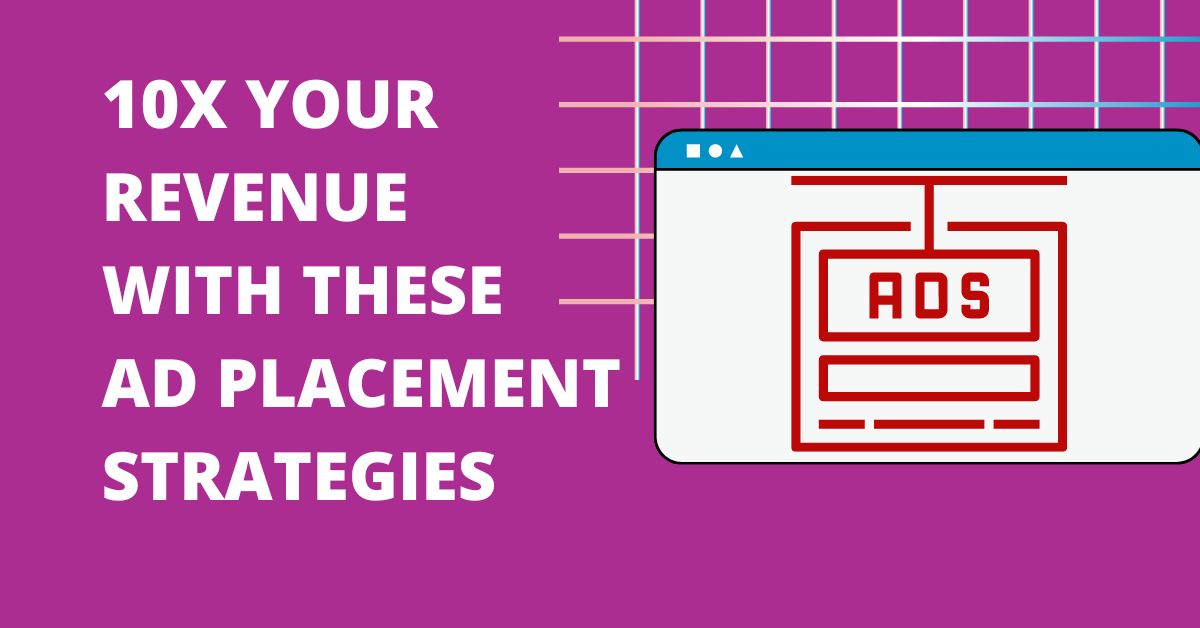
Ad Position Optimization: Boosting Strategies for Maximum Impact

Maximizing Impact: Ad Position Optimization Strategies
In the dynamic realm of online advertising, the placement of ads holds the key to capturing audience attention and maximizing engagement. This article explores effective Ad Position Optimization Strategies, offering insights to advertisers aiming to enhance the impact and effectiveness of their campaigns.
Understanding the Importance of Ad Positioning: A Crucial Element
Ad position is more than just a digital real estate; it’s a crucial element that directly influences an ad’s visibility and performance. The position of an ad on a webpage or within an app can significantly impact user interaction, click-through rates (CTR), and ultimately, the success of the advertising campaign. Understanding this importance is the first step in optimizing ad positions for maximum impact.
Leveraging Above-the-Fold Placement: Capturing Initial Attention
The space visible to users without scrolling, known as above-the-fold, is prime real estate for ad positioning. Placing ads in this prominent position ensures that they are immediately visible to users upon entering a webpage. This strategic positioning captures users’ initial attention, increasing the likelihood of engagement and click-throughs.
Exploring In-Content Ad Placement: Seamless Integration
In-content ad placement involves integrating advertisements within the natural flow of the content. This strategy aims to make ads feel less intrusive and more seamlessly integrated with the user experience. In-content ads can be effective in capturing user attention without disrupting their browsing or content consumption, resulting in a more positive response to the ad.
Utilizing Header Bidding: Maximizing Revenue Potential
Header bidding is an advanced strategy that allows advertisers to simultaneously auction ad impressions to multiple ad exchanges before the page loads. This process maximizes competition for ad space, leading to higher revenue potential for publishers. Advertisers can benefit by gaining access to premium ad positions and optimizing their budget for increased visibility.
Dynamic Ad Rotation: Maintaining User Engagement
Static ad placements can lead to ad blindness, where users become accustomed to the location of the ad and start ignoring it. Dynamic ad rotation involves periodically changing the position or design of the ad to maintain user engagement. This strategy ensures that users continually notice and interact with the ad, preventing the onset of ad fatigue.
Strategic Use of Retargeting: Enhancing Conversion Rates
Retargeting is a powerful strategy that involves displaying ads to users who have previously interacted with a brand or visited a specific webpage. When implementing retargeting, strategically positioning ads based on users’ past behavior can significantly enhance conversion rates. Placing retargeted ads in optimal positions increases the chances of users returning to complete a desired action.
Mobile-Friendly Ad Placement: Catering to On-the-Go Users
With the increasing prevalence of mobile devices, optimizing ad positions for mobile platforms is essential. Advertisers should ensure that their ads are not only responsive but also strategically placed within the mobile interface. Consideration of user behavior on mobile devices and the seamless integration of ads into the mobile experience can boost engagement and conversion rates.
Testing and Analyzing Performance Metrics: Data-Driven Decisions
Ad position optimization is an iterative process that requires continuous testing and analysis. Advertisers should closely monitor key performance metrics such as CTR, conversion rates, and bounce rates for different ad positions. By leveraging data-driven insights, advertisers can make informed decisions and fine-tune their strategies for optimal ad placement.
Ad Position Optimization Strategies: A Holistic Approach
Ad position optimization is not a one-size-fits-all endeavor; it requires a holistic approach that considers the unique characteristics of the target audience, the nature of the product or service, and the advertising goals. By combining various strategies and continually refining the approach based on performance data, advertisers can achieve a harmonious balance that maximizes the impact of their ad campaigns.
Ad Position Optimization Strategies for Success
In conclusion, mastering the art of ad position optimization is a key element in achieving advertising success. Advertisers should explore various strategies, experiment with different placements, and leverage data-driven insights to refine their approach continually. For more in-depth insights and strategies on ad position optimization, explore Ad Position Optimization Strategies. Elevate your advertising impact and capture the attention of your target audience in the competitive landscape of online advertising.


